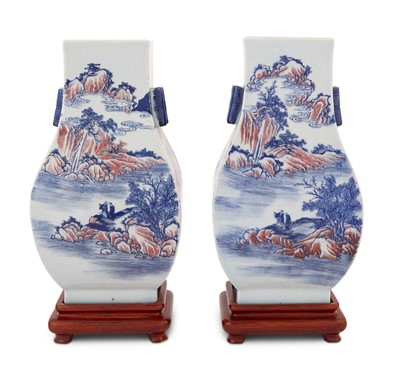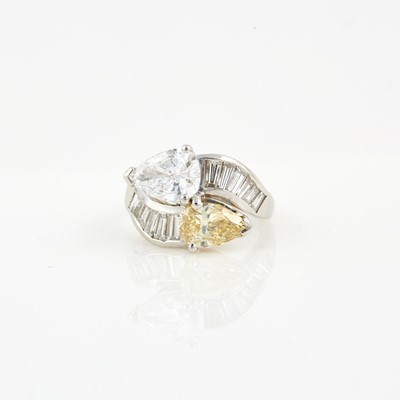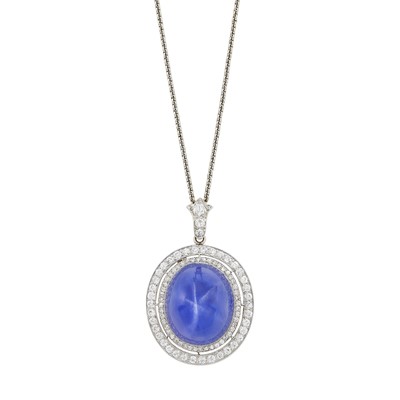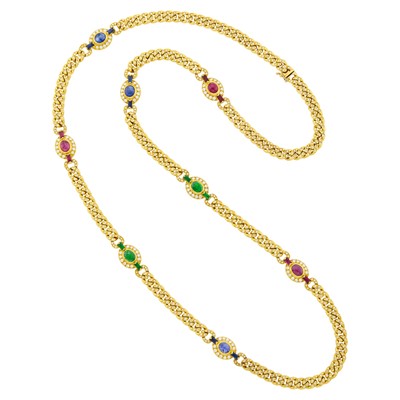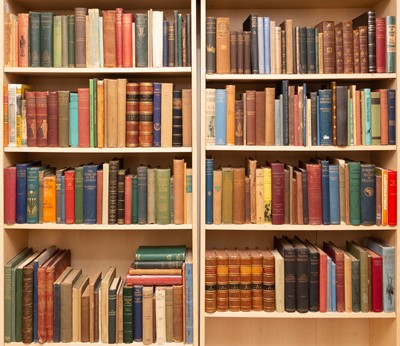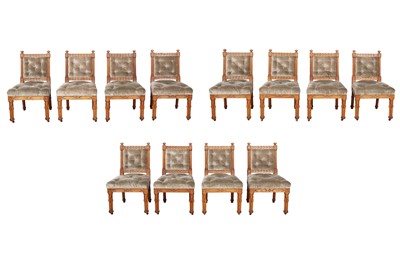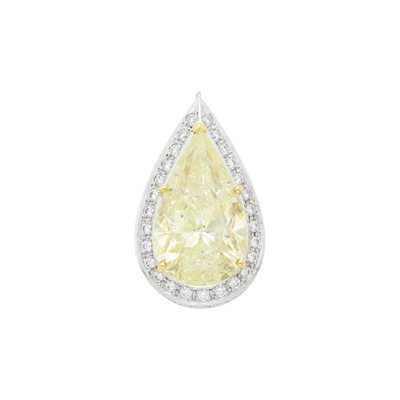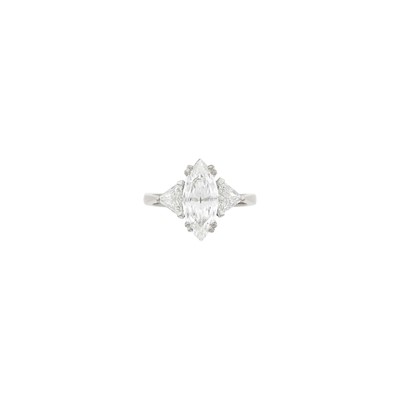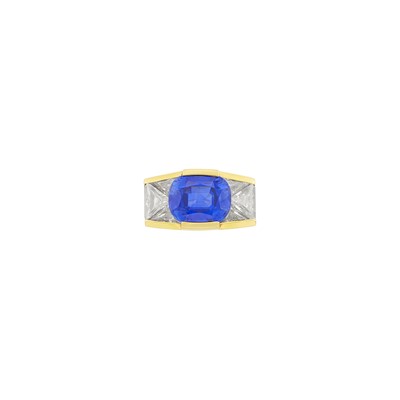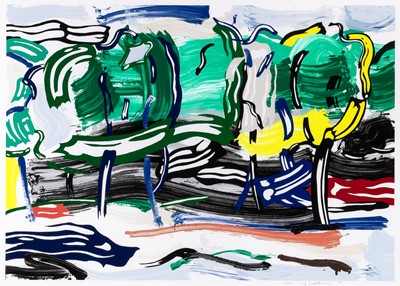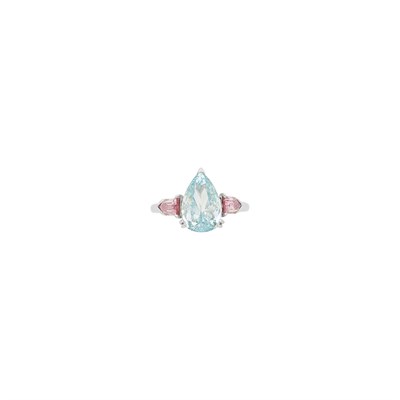Please enter your email address below, we will send you a notification email when the sale is available to view online.
A Selection of Auction Highlights
Lot 5 Estate / Collection: From the Collection of a Private Southern California Family
Thomas Hovenden
Lot 12 Estate / Collection: Property from an International Collector
Alice Ravenel Huger Smith
Lot 13 Estate / Collection: The Estate of a European Collector
Petr Petrovich Konchalovsky
Lot 25 Estate / Collection: The Collection of Dr. Thomas Chua
Louis Valtat
Lot 25
Iran Set of Gold and Enameled Stamps for the Coronation of the Imperial Couple
Lot 26
Henri Edmond Cross French, 1856-1910 La Baie...
Lot 31 Estate / Collection: Property from a Prominent Private Collection
Simon Jacobsz de Vlieger
Lot 37 Estate / Collection: The Marion Oliner Collection
Gold and Diamond Ring
Lot 44
The Rules of St. Augustine about 1350, from an English priory
Lot 49 Estate / Collection: The Property of a Distinguished European Collector
French School
Lot 56 Estate / Collection: Property from a Philadelphia Estate
Harry Bertoia
Lot 62
A Group of Twelve Chinese White Jade Zodiac Figures and Stands
Lot 63
Gold Neck Chain and Flexible Bracelet, 14K 460 dwt.
Lot 64 Estate / Collection: The Estate of a New York Lady
Silver and Diamond Ring
Lot 73 Estate / Collection: The Estate of a New York Lady
Silver and Diamond Ring
Lot 74
MASSIVE BLUE AND WHITE PORCELAIN 'PILGRIM'...
Lot 82 Estate / Collection: The Estate of a New York Lady
Silver and Diamond Ring
Lot 84 Estate / Collection: Collection of a Central Park South Artist
Frederic Sackrider Remington
Lot 85 Estate / Collection: Estate of Hedda Kleinfeld Schachter
Antoine Poncet
Lot 86 Estate / Collection: Property of a Florida Lady
Alexander Calder
Lot 108
Patek Philippe Gold Open Face Repeater Pocket Watch
Lot 110 Estate / Collection: The Estate of Gloria Naftali
Joseph Christian Leyendecker
Lot 134 Estate / Collection: The Estate of a New York Lady
Silver and Diamond Ring
Lot 134 Estate / Collection: From the Collection of a Beverly Hills Artist
David Hockney (b. 1937)
Lot 136
[ANGLING-MANUSCRIPT]
MARRIOTT, BENJAMIN. Trouting Along a Tributary of the Lehigh.
Lot 136
A Pair of Chinese Blue and White and Copper Red Porcelain Vases
Lot 140
Pair of George II Needlework Upholstered Walnut Side Chairs
Lot 146
Long Gold, Multicolored Stone and Diamond Curb Link Chain Necklace
Lot 149 Estate / Collection: The Esmond Bradley Martin Collection
The remains of a library of Africana
Lot 152
Two-Color Gold, Light Yellow Diamond and Diamond Pendant
Lot 158
Bulgari Gold, Platinum, Kashmir Sapphire and Diamond Ring
Lot 167 Estate / Collection: The Irving and Joan Getz Collection
Andy Warhol (1928-1987)
Lot 169
Pair of Large Lapis Veneered and Gilt Bronze Urns
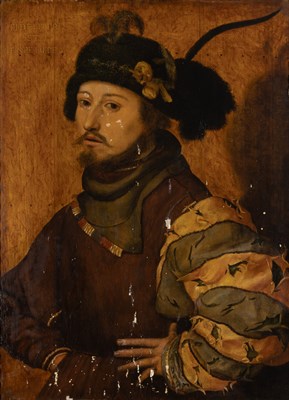







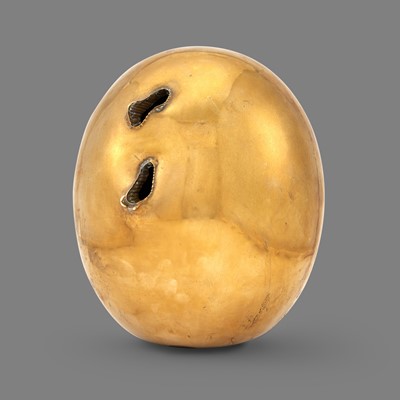
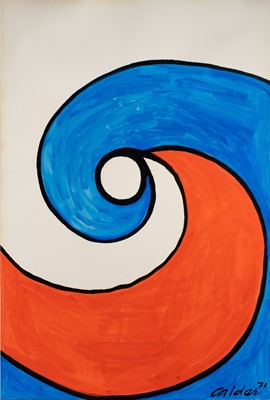

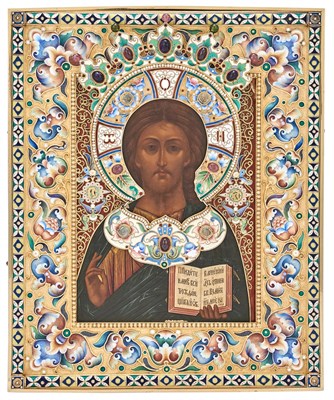




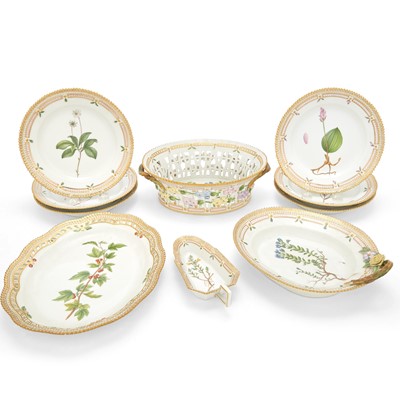

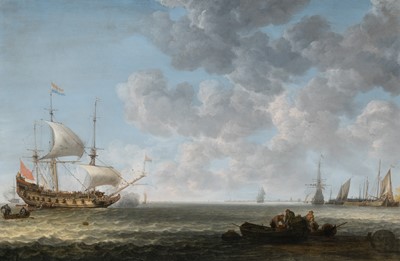





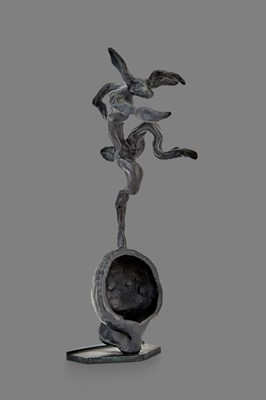
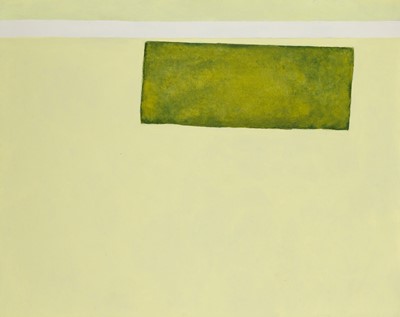
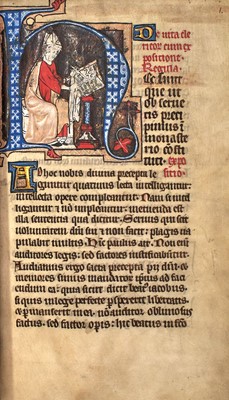




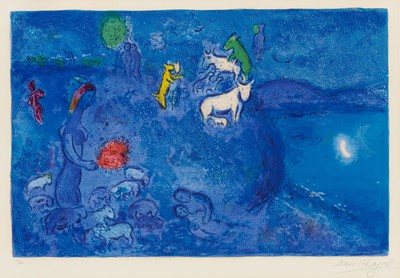






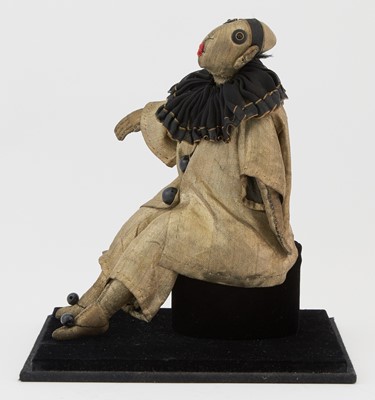


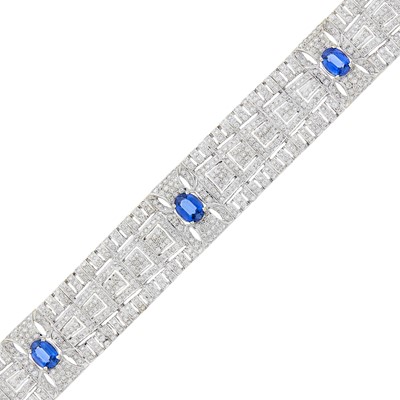


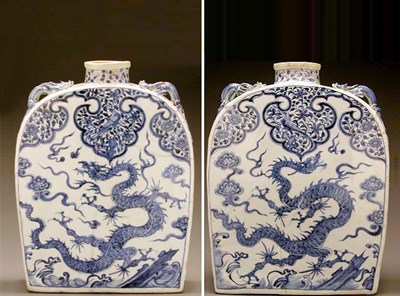






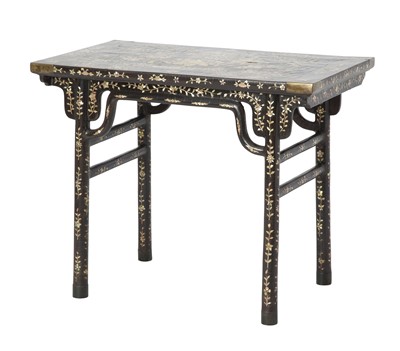

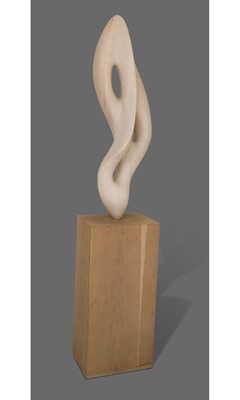

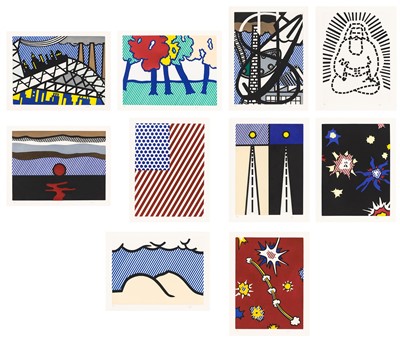



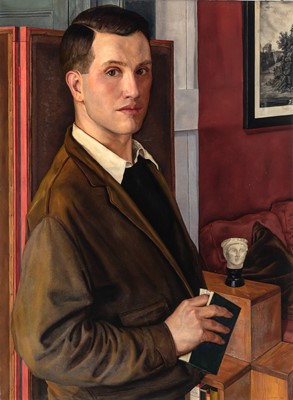



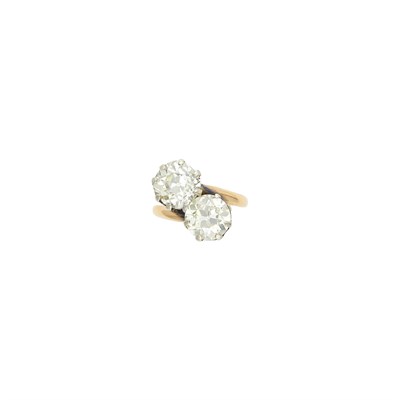


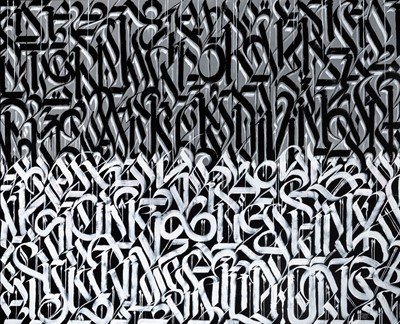
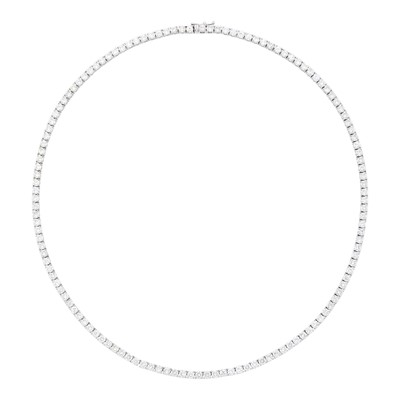
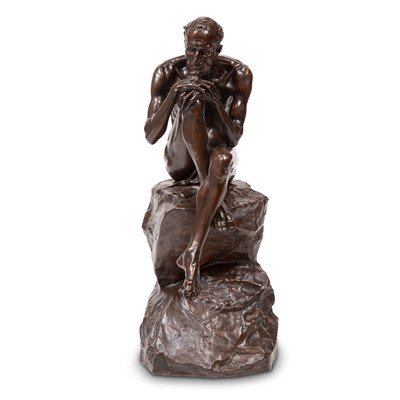
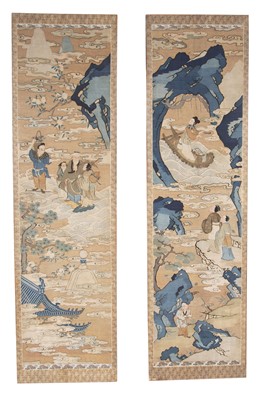



![Lot 136 - [ANGLING-MANUSCRIPT]
MARRIOTT, BENJAMIN. Trouting Along a Tributary of the Lehigh.](https://goauctiondoyle.blob.core.windows.net/stock/1647551-1-small.jpg?v=63826498504557)
